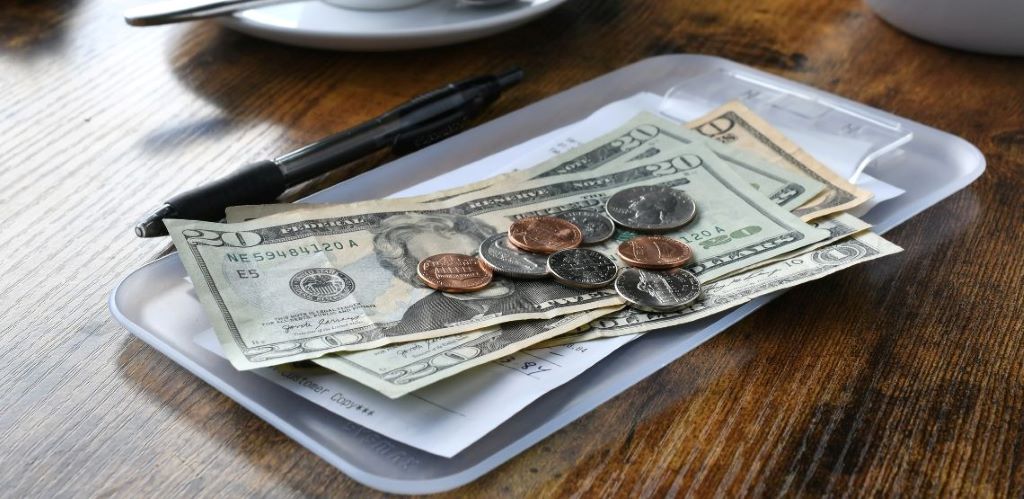Tipping practices vary significantly across the globe, often leading to confusion for travelers. Understanding local customs is crucial to avoid unintentional disrespect and to show appreciation appropriately.
North America: The Culture of Expected Generosity
In the United States, tipping is deeply ingrained in the service industry. Restaurant servers often rely on tips to supplement their income, with 15-20% being the standard gratuity. This expectation extends to other services, including taxi drivers, hotel staff, and even baristas. Digital payment systems have introduced ‘tip creep,’ prompting customers to tip in situations that were previously uncommon, such as at self-service kiosks.
Canada mirrors the U.S. in tipping practices, with 15-20% being customary in restaurants and gratuities expected for various services. In Mexico, tipping 10-15% in restaurants is standard, and it’s advisable to tip in pesos to ensure the staff can utilize the gratuity effectively.
Europe: A Patchwork of Practices
European countries exhibit a diverse range of tipping customs. In the United Kingdom, diners typically leave a 10–15% tip in restaurants if the bill doesn’t include a service charge. However, patrons usually don’t tip in pubs. In France, restaurants include a service charge in the bill, but customers often leave small change or round up the total to show appreciation for exceptional service.
Germany includes service charges in restaurant bills, yet it’s common to round up or leave a 5-10% tip. In Italy, a “coperto” or cover charge is standard, and additional tipping is not obligatory but welcomed for excellent service.
Asia: From Nonexistent to Emerging Norms
Tipping in Asia varies widely. People in Japan and South Korea generally do not practice tipping and may even consider it rude. Service providers take pride in delivering excellent service without expecting additional compensation.
Conversely, in countries like China and Vietnam, tipping is becoming more accepted, especially in tourist areas. In India, tipping is customary, with 10-15% expected in restaurants and gratuities for hotel staff and drivers.
Middle East and Africa: Cultural Expectations
In many Middle Eastern countries, tipping is a significant part of the culture. In Egypt, the practice of “baksheesh” involves tipping for various services, from hotel staff to guides. A 10% tip in restaurants is standard.
- In African countries, tipping customs vary.
- In South Africa, a 10-15% tip in restaurants is customary, and gratuities for hotel staff and guides are expected.
- In Morocco and Tunisia, tipping is also standard, with similar percentages.

South America: Appreciated but Not Obligatory
Tipping in South America is generally appreciated but not mandatory. In Brazil and Argentina, a 10% tip in restaurants is common, although some establishments include a service charge. In Paraguay, tipping is more significant due to lower wages, with 15% being generous.
Oceania: Minimal Expectations
In Australia and New Zealand, tipping is not a widespread practice. Service staff receive fair wages, and while tipping for exceptional service is appreciated, it’s not expected. However, in tourist-heavy areas, tipping is becoming more common due to international influences.
Featured Snippet: How Can Travelers Navigate Global Tipping Etiquette?
Q: What strategies can travelers use to understand and respect tipping customs worldwide?
A: Travelers can navigate global tipping etiquette by researching local customs before their trip. Utilizing travel guides, official tourism websites, and reputable travel blogs can provide insights into regional practices. Observing local behaviors and asking hotel staff or tour guides for advice can also be helpful. When in doubt, modest tipping or rounding up the bill is generally safe. Carrying small denominations of local currency ensures the ability to tip appropriately.
FAQs
-
Is tipping mandatory in all countries?
No, tipping practices vary globally. Some countries expect it; others consider it optional or even discourage it.
-
How can I find out the tipping customs of a country I’m visiting?
Research travel guides, official tourism websites, or consult with locals and hotel staff upon arrival.
-
Should I tip in local currency or my home currency?
Always tip in the local currency to ensure the recipient can use it without inconvenience.
-
What if a service charge is already included in the bill?
If the restaurant includes a service charge, guests don’t need to tip extra, but they can for exceptional service.
-
Is it offensive to tip in some cultures?
Yes, in countries like Japan and South Korea, tipping can be seen as disrespectful.
-
How much should I tip hotel staff?
Tipping hotel staff varies by country, but generally, $1-2 per bag for porters and $2-5 per night for housekeeping is appropriate.
-
What is “tip creep”?
“Tip creep” refers to the increasing expectation to tip in situations where it was not previously customary, often prompted by digital payment systems.
Understanding and respecting tipping customs enhances travel experiences and fosters positive interactions with locals. When you stay informed and considerate, you ensure that your gratuities are both appropriate and appreciated.
Read More: How to Design the Perfect Travel Itinerary: A Masterclass




